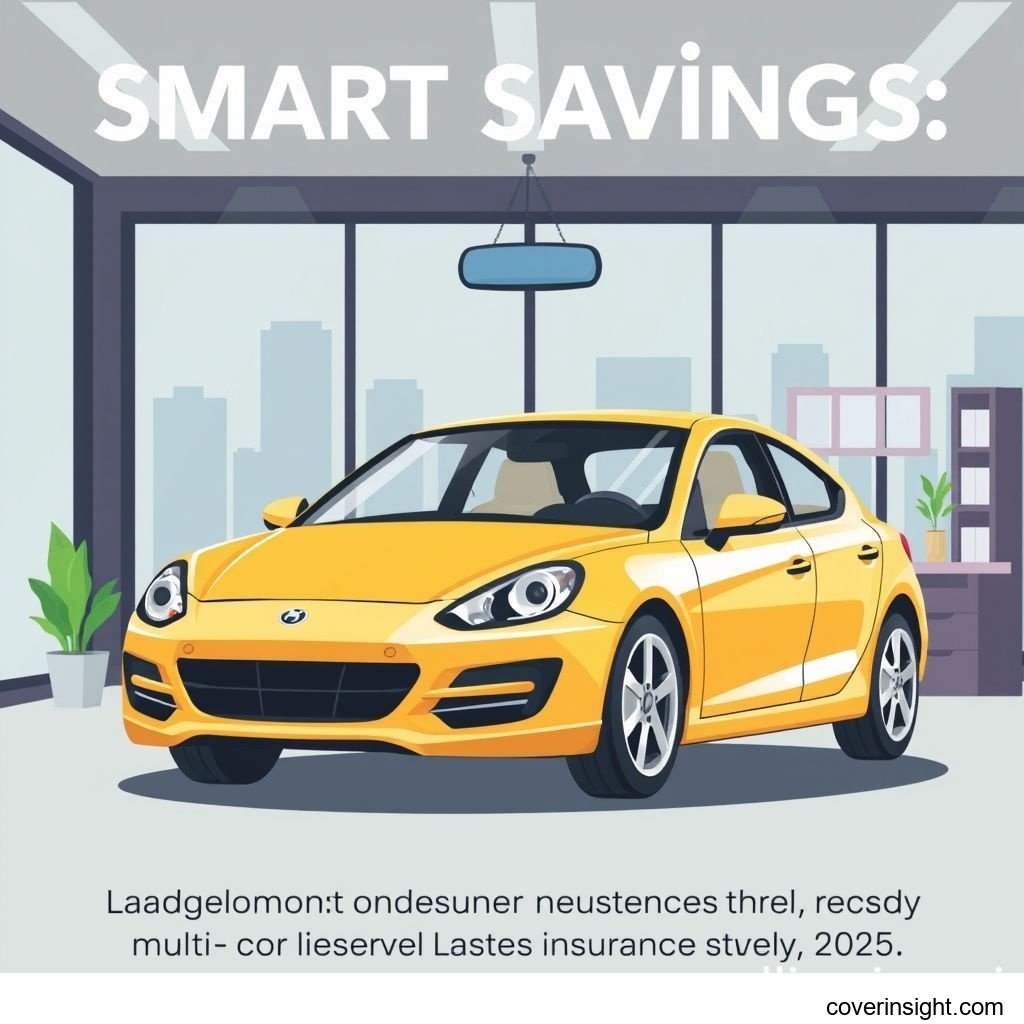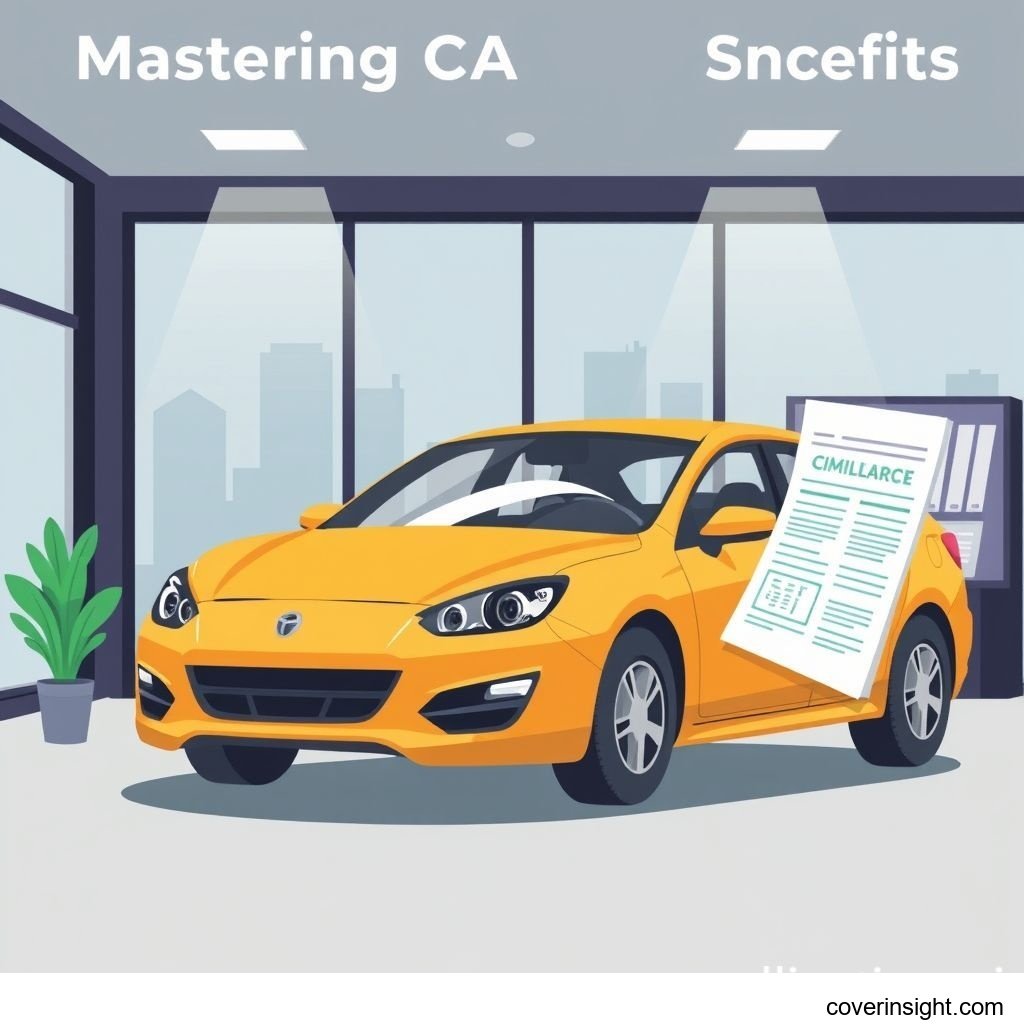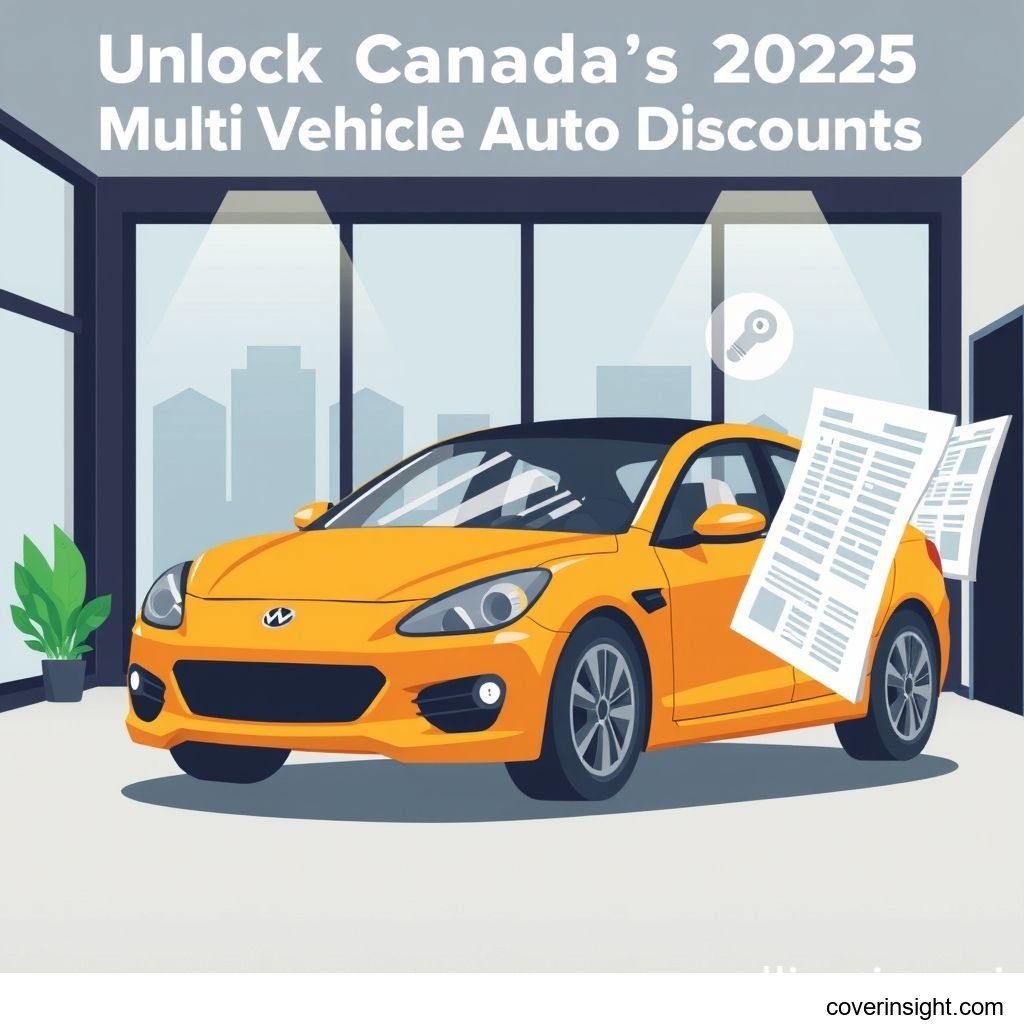Smart Savings: CA Multi-Car Insurance Discounts 2025
Introduction
As we look towards 2025, understanding multi-vehicle insurance discounts in California is more crucial than ever for households aiming to trim their budgets. In a state known for its high cost of living, every dollar saved makes a significant difference. Multi-car policies offer a smart solution, allowing you to insure multiple vehicles under a single policy, often leading to substantial premium reductions. This guide will delve into how these discounts work, what they cover, and how you can maximize your savings, ensuring you're well-prepared for the year ahead.
Coverage Details
Securing multi-car insurance in California isn't just about saving money; it’s about ensuring comprehensive protection for all your household vehicles.
What’s Included
Typically, a multi-car insurance policy in California combines the standard coverages for each vehicle into one convenient package. This means each car on the policy generally benefits from:
-
Liability Coverage: Essential for covering damages and injuries you might cause to others in an accident. California law mandates minimum liability limits, and a multi-car policy ensures all vehicles meet this requirement.
-
Collision Coverage: Pays for damage to your own vehicle resulting from a collision with another car or object.
-
Comprehensive Coverage: Protects against non-collision incidents like theft, vandalism, fire, or natural disasters.
-
Uninsured/Underinsured Motorist Coverage: Crucial in California, this protects you if you're involved in an accident with a driver who has no insurance or insufficient coverage.
-
Medical Payments (MedPay) or Personal Injury Protection (PIP): Covers medical expenses for you and your passengers, regardless of who is at fault. While PIP is less common in California (a "fault" state), MedPay is often an available option.
By consolidating these coverages for several vehicles, insurers can offer a discount, as it simplifies their administrative processes and often signals a lower risk profile from the policyholder. For more general information on various insurance options, you might find resources like "Insurance Resources Global" helpful.
Common Exclusions
While multi-car policies are broad, it’s important to be aware of typical exclusions:
-
Unlisted Drivers: If a driver causes an accident and isn't listed on your policy, coverage might be denied or severely limited.
-
Commercial Use: Personal auto policies do not cover vehicles used for business purposes (e.g., ride-sharing, delivery services). Specific commercial auto insurance would be required.
-
Intentional Damage: Damage caused intentionally by the insured or a listed driver is never covered.
-
Custom Equipment Not Declared: Aftermarket modifications or expensive custom parts may not be fully covered unless specifically endorsed and added to the policy.
-
Vehicles Not Primarily Garaged at the Insured Address: If a vehicle on your multi-car policy is regularly stored or operated from a different address, it could affect coverage.
Always review the policy details meticulously or consult with your agent to ensure all your specific needs are met and to avoid unwelcome surprises.
Cost Analysis
Understanding what influences your multi-car insurance premium in California and how to reduce it is key to smart savings.
Price Factors
Several elements play into how much you'll pay for your multi-car policy in California:
-
Driver History: A clean driving record (no accidents or violations) for all drivers on the policy is a major plus. Insurers reward responsible drivers.
-
Vehicle Type: Newer, more expensive, or high-performance vehicles typically cost more to insure due to higher repair costs and theft risk.
-
Location within CA: Zip codes with high rates of accidents, theft, or vandalism, especially in dense urban areas like Los Angeles or San Francisco, will generally see higher premiums. For instance, a recent report from the California Department of Insurance (CDI) indicated that urban areas consistently face higher average premiums due to increased traffic density and accident frequency.
-
Coverage Limits and Deductibles: Choosing higher liability limits or lower deductibles will increase your premium, as the insurer takes on more risk.
-
Credit Score (where allowed by law): In some states, a strong credit-based insurance score can lead to lower premiums, though California has specific regulations limiting its use compared to other states.
-
Annual Mileage: Less driving generally means less risk, potentially leading to lower rates.
Saving Tips
Beyond the multi-car discount itself, there are several avenues to explore for maximizing your savings:
-
Multi-Policy Bundling: "Getting more bang for your buck" is the name of the game here. Insuring your home, renters, or even life insurance with the same carrier as your auto policy can yield significant discounts, sometimes as much as 15-20% on the total premium.
-
Good Driver Discounts: Maintaining a clean driving record for three to five years can qualify you for substantial savings.
-
Low Mileage Discounts: If you don't drive much, some insurers offer discounts based on annual mileage.
-
Safety Features: Vehicles equipped with anti-lock brakes, airbags, anti-theft devices, or advanced driver-assistance systems (ADAS) often qualify for discounts.
-
Defensive Driving Courses: Completing an approved defensive driving course can sometimes lead to a discount, especially for younger or senior drivers.
-
Shop Around: Don't settle for the first quote. Different insurers have different pricing models. A family in San Jose, for example, recently shared their experience of saving nearly $500 annually simply by comparing quotes from three different providers for their multi-car policy. Regularly reviewing your options, perhaps through resources like "CA Insurance Home," can really pay off.
-
Increase Your Deductible: If you can comfortably afford a higher out-of-pocket amount in case of a claim, increasing your deductible can lower your premium.
FAQs
How much does multi-vehicle discounts cost? Multi-vehicle discounts don't cost; they save! They are a reduction in your overall premium, typically ranging from 10% to 25% off the combined individual premiums for each car. The exact percentage depends on the insurer, the number of vehicles, and other qualifying factors.
What affects premiums? Premiums are influenced by various factors including the driving history of all listed drivers, the make and model of the vehicles, where you live in California, the chosen coverage limits and deductibles, and any additional discounts you qualify for.
Is it mandatory? While car insurance is mandatory in California, multi-vehicle discounts are not. They are an optional but highly recommended way to save money if you have more than one car in your household. Every driver in California must carry at least the state's minimum liability coverage.
How to choose? When choosing a multi-car policy, compare quotes from multiple reputable insurers. Look beyond just the price; consider customer service, claims process efficiency, and the specific coverages offered. Read reviews and ensure the policy meets all your household's needs. Resources from consumer protection agencies, like the "Financial Consumer Agency," can offer guidance on making informed decisions, even if they're not specific to CA.
Consequences of no coverage? Driving without mandatory car insurance in California carries severe consequences, including hefty fines, suspension of your driver's license and vehicle registration, and vehicle impoundment. More critically, if you cause an accident without insurance, you are personally liable for all damages and injuries, which can lead to significant financial hardship.
Author Insight & Experience
As someone who's navigated the insurance landscape in California for years, I've seen firsthand how "dotting the i's and crossing the t's" when it comes to multi-car policies can lead to remarkable savings. Based on my experience, the key isn't just finding the biggest discount, but ensuring you're adequately covered without overpaying for things you don't need. It's truly "a penny saved is a penny earned" when you consider how much premiums can add up, especially with multiple vehicles. The small effort of comparing quotes and understanding policy nuances can yield hundreds, even thousands, of dollars in annual savings, which in California's economic climate, feels like a real victory.








Comments